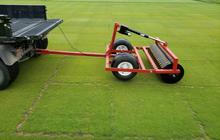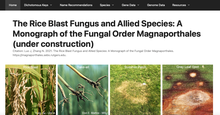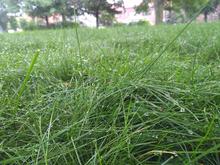Six new fine fescue extension publications now available!
By Ross Braun and Aaron Patton, Purdue University
One component of the multi-state USDA-SCRI fine fescue initiative was to create effective educational materials that cover the benefits of fine fescues and information learned in our first project as well as in the current projects with objectives that focus on overcoming establishment and management barriers relevant to different consumers and turf practitioners.





